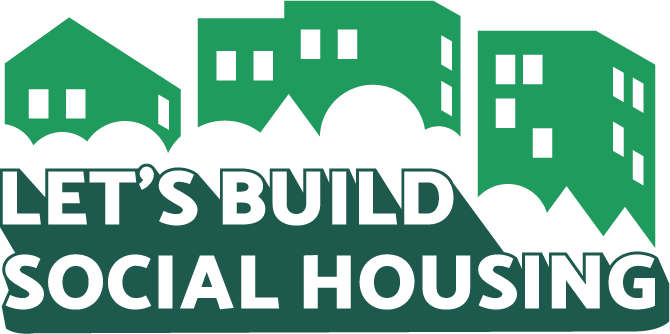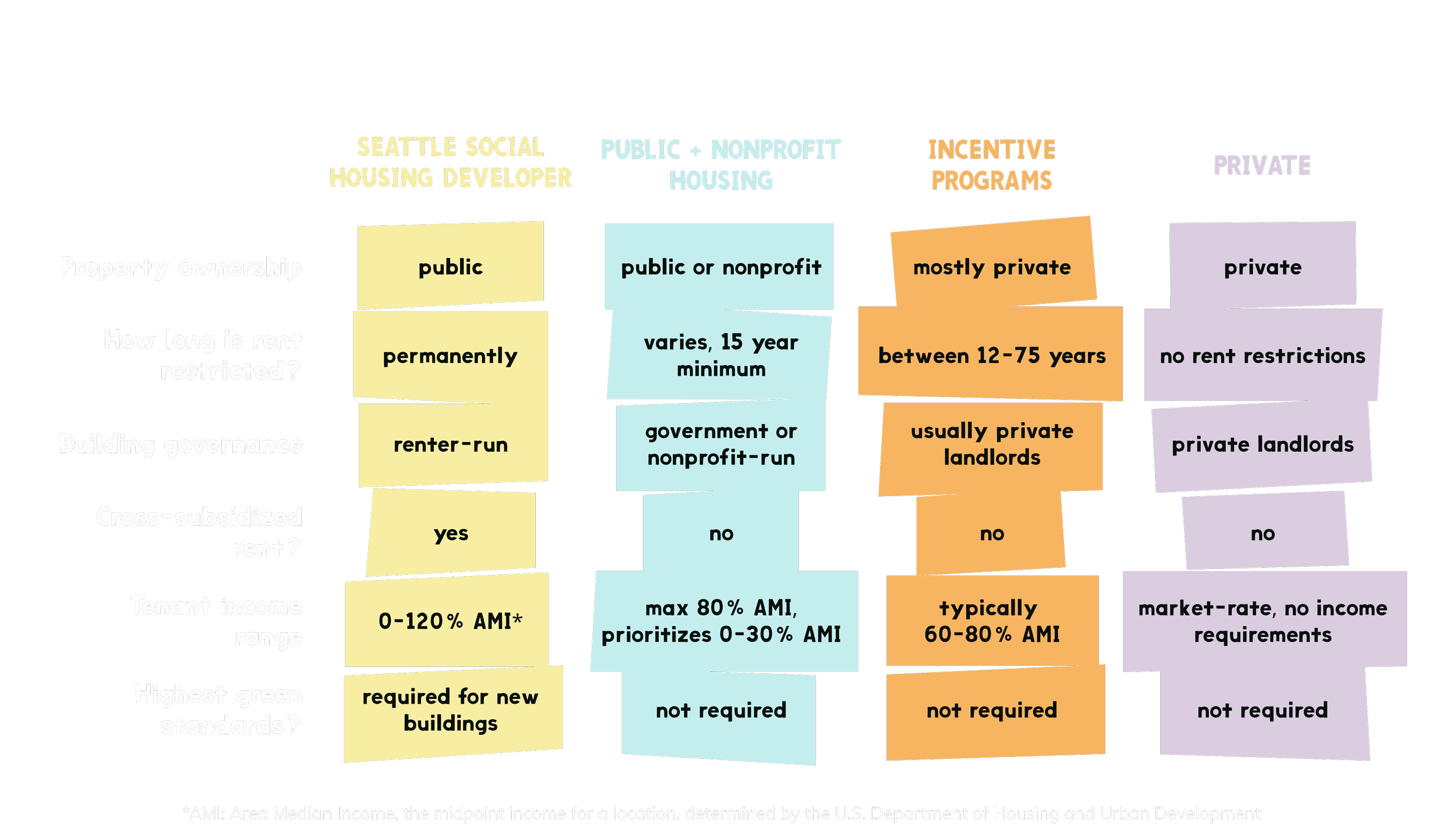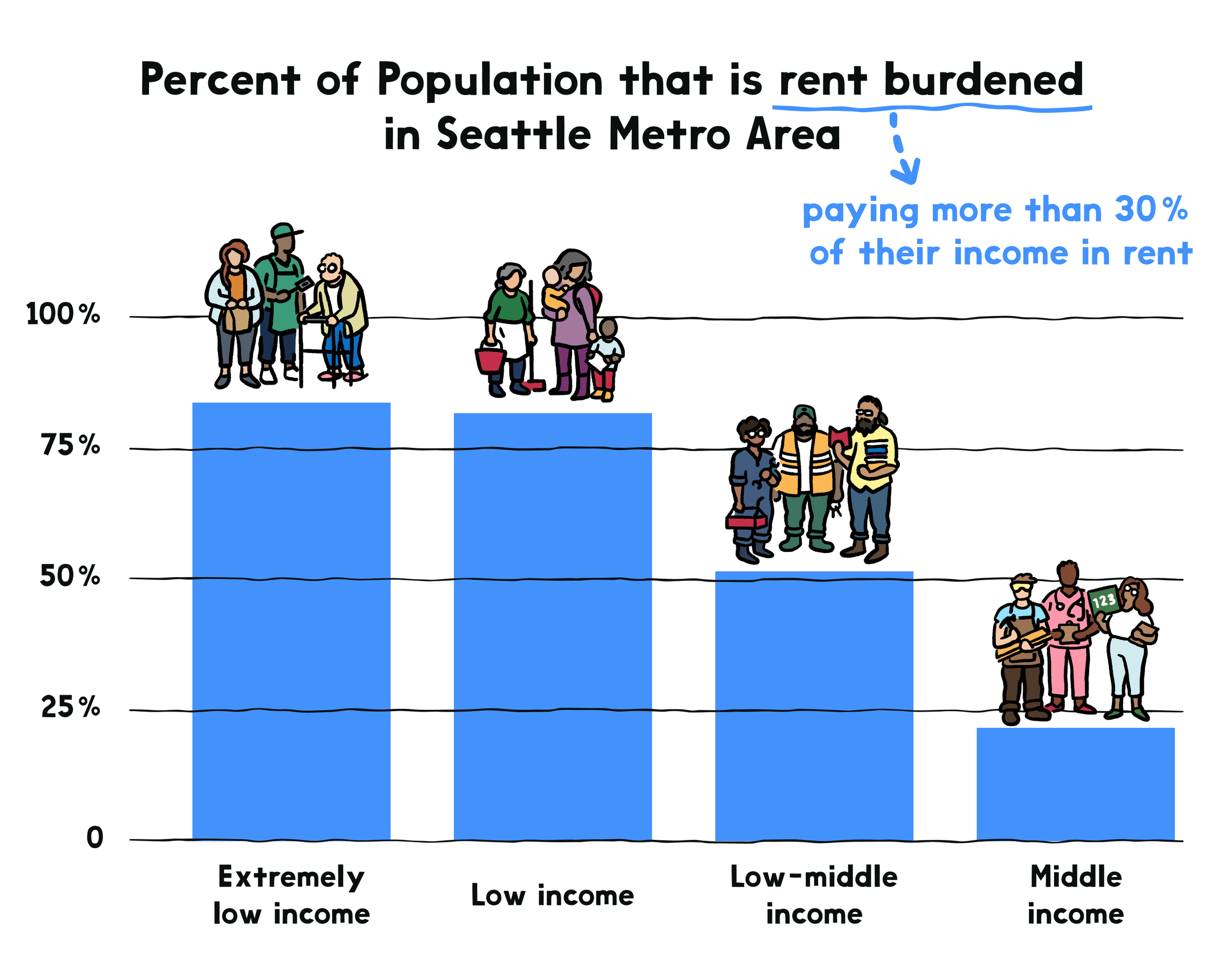Social Housing is removed from the profit motive, available to all, permanently affordable and held as a public good in perpetuity.
In 2023, we created the Seattle Social Housing Developer through Initiative 135. Now it’s time to fund I-135.
The Four Pillars of Social Housing
Publicly Owned
Social housing is publicly financed and controlled, with the express aim of housing people, not extracting profit. Renters and their homes are shielded from the free market, with specific measures prohibiting the sale and marketization of social housing to ensure it remains in the public's hands, for public use.
Permanently Affordable
Under a social housing model, rent is not determined by the market and profit motives. Rent is determined by the buildings loan balance, upkeep, and maintenance needs.
Cross-Class Communities
Social housing is available to all, from those with the lowest incomes up to moderate-to-high income households. Rents are designed to match the specific income levels of all tenants. This is crucial given the severe rent burden faced by residents across the income spectrum, especially residents from marginalized communities. It’s hard for people making 60-120% of the Area Median Income to find housing they can afford.
Resident Leadership
Residents have democratic decision making power and have control over the conditions of their buildings and homes.
Social housing complements existing affordable housing.
Learn more about social housing










